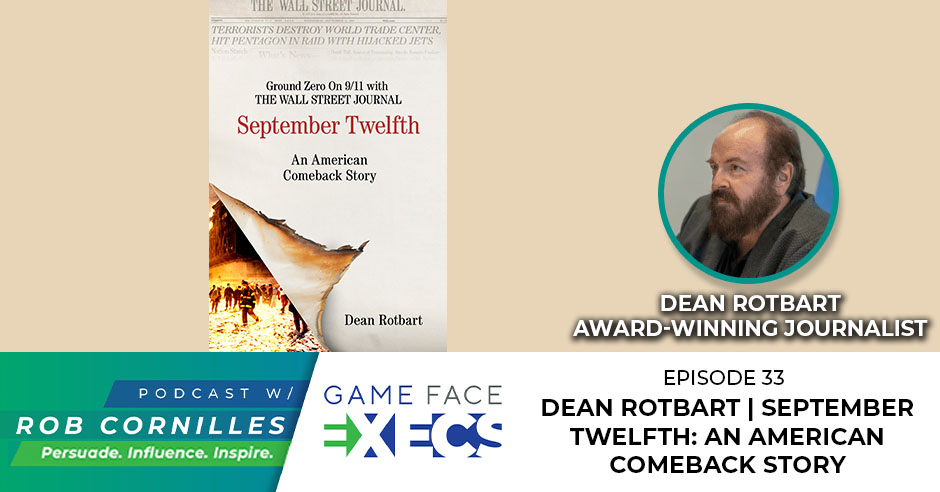
On a blue-skied September morning twenty years ago, the civilized world gasped as a typical Tuesday turned into a horrific historical event. Award-winning reporter and former columnist Dean Rotbart, formerly of the Wall Street Journal, takes a never-before look into the Journal’s reporters, graphic designers, technicians, and delivery truck drivers that came to work expecting a normal news day and in less than 24 hours wrote firsthand accounts that would later become a Pulitzer Prize-winning edition. Join us for captivating tales of heroism, dedication, and a relentless pursuit of the story.
—
Watch the episode here:
Dean Rotbart | September Twelfth: An American Comeback Story
If you are older than twenty years old, then everybody remembers or has been told where they were on a historic and tragic day in America’s history. I’ll never forget where I was on September 11th, 2001. Working at Game Face with a bunch of clients in our offices that day who were waiting for me to arrive to provide some services to them. Instead, I arrived and had to deal with some very afraid and scared individuals because of what they were watching and seeing on television in their hotel rooms that morning, trying frantically to get ahold of friends and relatives who were in New York and Washington DC areas. The world has never been the same since.
I’m very pleased to welcome my friend and award-winning author, Dean Rotbart, who has written a fantastic book, September Twelfth. That is the name of the book. Dean is going to share more with us in our interview on how you can get your copy of this. It’s a compelling read with facts and stories that most of us have either never heard or have forgotten, which bring us into the moments of September 11th and the aftermath. Dean, welcome to the show.
Rob, it is truly a pleasure to be here with you and to have this conversation with you. This is a milestone for America and for the world, in that we are marking twenty years since the day that many of us will never forget and can honestly remember in quite a bit of detail, almost like the Kennedy assassination for that generation of, “Where were you? How did it all come about?” It’s a good time to be talking about this.
The other thing is that there’s a lot of sadness in the 9/11 story. It is primarily a tragic and sad story. What I have tried to do with September Twelfth is it’s subtitled An American Comeback Story. I have tried to point out that what happened in the aftermath of 9/11 is something that all Americans can be very proud of because, for a brief moment, everybody was united. It didn’t make a difference what your politics were or what your income level was, everybody came together. Not minimizing the tragedy that it was, it was a very nice time in this country. The book tells some of the tales of how strangers helped other strangers during this whole thing. It was a period where neighbors were helping neighbors.
Communities throughout Greater New York, especially in New Jersey and Connecticut that were hit mightily, losing lots of moms and dads on 9/11, how they came together and supported one another. In my case, what I had uncovered and most of what’s in the book has never been told before. It’s the story behind the story of how The Wall Street Journal, which had its headquarters located, seven storeys, just across the street from the World Trade Center. By 9:30 AM on September 11th, its headquarters were destroyed. Everybody had been evacuated. They had no access to their computers, emails, file folders and any of those things but they still said, “We will not be defeated by terrorists,” and they made a commitment.
I used to work for the Wall Street Journal so I know that it has a lot of people with diverse opinions, but there was universal agreement that they would do everything they could against very tall odds to publish the paper the next day. It was for two reasons. One is they wanted to reassure their readers that the world was going to be okay, that there would be the next day. They understood the obligation to their readers. They had about 1.8 million subscribers, and what a shock it would be if the paper didn’t arrive.
The second thing was, and they talked about it, that they truly wanted to respond to the terrorist and say, “Despite your desire to disrupt our lives, we will not let you.” It is a comeback story and it’s a story of a group of people. These were business reporters and economic reporters. They were not war correspondents or soldiers, but they behaved in many ways like war correspondents on 9/11, literally having to walk through decapitated bodies and pools of blood to interview people, and to escape on their own.
[bctt tweet=”This is a milestone week for America and for the world in that we are marking 20 years since a day that many of us will never forget.” username=””]
It’s interesting when we look at comebacks, all that transpired on that day of September 11th, for many of us, it took days, weeks, months, and in some cases, depending on your person or your industry, it’s taken years to recover. Some might claim we’ve never been able to recover in certain ways. Yet, what you’ve just described is that The Wall Street Journal staff recovered within less than a 24-hour period. They were able to come back and produce a newspaper, granted the content wasn’t a typical Wall Street Journal issue, but it was filled with compelling news, information, commentary and observation. While the book is full of stories of individual journalists, technicians and drivers within The Wall Street Journal family, can you talk to us a little bit about what was it that allowed these individuals to come together in such rapid formation, while at the same time worrying for their own safety and the safety of their families?
In the book, September Twelfth, hidden in plain sight, there is a leadership and management book. It’s not written as a book specifically targeting leaders or managers. I have a chapter in there titled September 11 Didn’t Happen in a Day. The reason it’s titled that way is because many things preceded September 11th, that Dow Jones, the parent of The Wall Street Journal and the paper did correctly in terms of management directive, preparation, and setting motivation for people. Have that not been in place, there’s no way the newspaper would have published the next day.
I have here the wording from the Pulitzer Prize committee. The next day’s edition of the journal, for the first time in its 109-year history at the time, won the Pulitzer Prize for breaking news. The Pulitzer committee said, “It won it for its comprehensive and insightful coverage executed under the most difficult circumstances.” The interesting part of that is the beginning, “Comprehensive and insightful coverage.” They did a phenomenal job.
I’m going to continue to address your question but let me set the stage just a little bit, where technology was in 2001. We’re talking over Zoom. There’s no Zoom, Facebook and Twitter in 2001. Most people and most Americans got onto the internet to the extent that they had internet access, dialing up on America Online. It was a dial-up connection. Some of the more sophisticated internet surfers had DSL lines, but many just use conventional phone lines. On 9/11, lower Manhattan was a communications hub. There was a huge 9X, which used to be New York telephone switching stations down there.
The World Trade Centers themselves have television towers. Communication was horrible on September 11th, besides the fact that the technology was still in its infancy of things like the internet. People couldn’t reach one another by mobile phone. Most of the people in lower Manhattan couldn’t use wired lines. Not only did you have a Wall Street Journal that couldn’t access its own newsroom and headquarters, but most of the journalists could not talk by phone to anybody. They certainly had no video communications. In the end, they relied primarily on email, which continued for the most part to work. Journalists who were dispersed stayed at home and dispersed all over.
In the book, I detail one journalist who made his way to an elementary school across the Hudson River in New Jersey and worked from there. Another journalist made it to the Highlights for Children magazine headquarters in Massachusetts. I don’t know if you’re familiar with Highlights for Children, but most of us who have children or grandchildren know this magazine. It’s quite common in dentist offices and doctor’s offices. This journalist, her name is Ianthe Dugan, went there and said, “I need access to the phones. I need access to the internet. Can I work from here?” They graciously said yes. It’s a little bit humorous and I tried to infuse the book with some humor. She would call up people and leave a message and say, “Would you call me back at this number?” They’d call back and get an operator or an answering machine that said, “You’ve reached Highlights for Children,” but she was a Wall Street Journal reporter.
[bctt tweet=”It’s a story of a group of people. These were business reporters, economic reporters. They were not war correspondents or soldiers.” username=””]
What it took on the part of these people was a sense of, “I can do this without being able to talk to a manager or a boss. I feel empowered to do it. I sense what needs to be done.” Dozens of people with no direction, either did their jobs, the same jobs that they had on September 10th of 2001, where they saw that somebody was missing. There was a copy editor missing. There was a reporter who covered a certain beat who was missing. They filled in without instruction. It is a terrific story on leadership and management.
I do go back to the 1960s. I trace how the culture of Dow Jones and The Wall Street Journal prepared. Nobody anticipated it, there wasn’t a soul who anticipated losing their headquarters and not being able to return for about a year but they had systems and more importantly, a culture of professionalism in place. It allowed them to publish a paper when, by anybody’s standard, they never should have been able to publish.
When you talk about culture, they had internal permission to do what was necessary to produce award-winning journalism. In the beginning chapters of the book, you talk about how the managing editor of the journal was missing.
Missing and presumed dead.
Everyone’s waiting for marching orders, especially those who aren’t on-site, they don’t know that the Journal’s office has been essentially destroyed by the falling of the towers across the street. Everyone has to make some real-time decisions to act on their own instead of sitting on their hands. The other thing that you’ve talked about extensively in the book is that their journalistic nature took over. I’m curious if you could describe a little bit more about what it means to be a journalist in that type of environment. I love your characterization that journalists are professional observers. They couldn’t just observe though. They had to act. You have a background in journalism. You got your undergraduate degree at Northwestern and your graduate degree at Columbia. You’ve been a journalist all your adult life. What is it about journalists in that particular environment that you believe causes them not just to observe, but to observe and act?

American Comeback Story: What happened in the aftermath of 9/11 is something that all Americans can be very proud of because for a brief moment, for a brief period, everybody was united.
Do you remember that Clark Kent would go into a phone booth and would come out as Superman? In some ways, when journalists are faced with a breaking story or a crisis. Usually, it’s not about their own news organization or something that’s happening just across the street. In essence, they do go into the phone booth and they do come out with a somewhat different persona. In some ways, it’s a dangerous persona because they disregard the physical threat to their own lives. It is what’s behind war correspondents and their willingness to be embedded. They delude themselves into believing that since they have a mission, and the mission is to witness and tell the story, that they’ll be okay.
In the case of The Wall Street Journal, that was almost true. Not entirely but almost true. Many of the journalists who put on their Superman capes on 9/11, days, weeks and years later, started suffering from posttraumatic stress syndrome based upon things they witnessed during that time. You talked about the missing managing editor. He says he wishes he could forget and never will the sight of the people jumping off of the Twin Towers, and making these pink puffs when they hit either the canopies or the streets.
There’s another journalist in the book who I talk about. He’s in the first chapter, Jon Hilsenrath. Years later, he was out with his kids in a barn and he saw the straps on the cowboy’s legs. Magically, they turned into disembodied limbs, arms and legs that were hanging in the barns. He saw piles of grass cuttings and thought they were bodies. One of the graphic designers for The Wall Street Journal, Joe Dizney, developed a bad case of posttraumatic stress a decade or more after 9/11.
For that 12-hour to 24-hour period, they go into this mental state, where they think wrongly that they are impervious to it because they’re there to cover the story. It’s not a mentality that happens. I was a reporter for the Journal. If I have to go down to the New York Stock Exchange and interview some of the traders on the floor, I didn’t think to myself, “I’m Superman here, I can just do anything.” As a journalist under tough circumstances, I had a few where at one point I thought some assassin had been sent to kill me. I ducked under a bed in a hotel room and it turned out it was room service. At the time, it seemed probable that it was an assassin but I was still on duty.
You mentioned Jon Hilsenrath and his story, which grips you. As soon as you begin reading the book in chapter one, his story is very gripping. It pulls the reader intimately into the story. I commend you for that. Those who are fortunate enough to obtain a copy of September Twelfth will attest to the fact that it’s the proverbial page-turner because these are real stories that you’re reading about. One of the things that Jon said to the managing editor as things were unfolding that morning, and they were all still gathered within The Wall Street Journal offices, and I’d like you to comment on this. He walked into his boss’s office and he said, “I’m ready to go. What do you want me to do?” There are many lessons to be learned from that. Once again, drawing from your journalism background, is that the way journalists have been historically trained or is that more a reflection of Jon’s character? How would you comment?
[bctt tweet=”The selection bias is the people who go into journalism have that predisposition of in fact, wanting to be involved, wanting to be engaged.” username=””]
I don’t think it’s trained. The selection bias is the people who go into journalism, not just Jon Hilsenrath, have that predisposition of wanting to be involved and engaged. I want to tell you a quick anecdote about Jon Hilsenrath, and then I want to tell you a second anecdote that is one of the more amazing anecdotes in the book that I don’t think has ever been publicly reported before.
First on Jon Hilsenrath. He was married to a journalist on 9/11. She was a broadcast journalist and she happened to be at home, and all of this is detailed in the book. Before phone service went out, he was on the phone with her. Her name is Christina and she begged him. She said, “We have two small children at home. If you die down there, I’m going to be a widow.” She thought she was going to become a widow that day. Christina begged him to leave the story, “It’s a job, leave the story and come home.” He said, “I can’t.” He acknowledges that it was crass. He said, “This is the Super Bowl of journalism and I’ve got to pursue it.” That’s one anecdote. Jon is a terrific reporter. At the time, his beat was academic economics. It had nothing whatsoever to do with terrorism or dead bodies or whatnot, but that’s what he did.
The second person is even more amazing. His name is Phil Connors. He was a copy editor on the paper’s leisure and arts page. The Journal is two papers in one. Rob, you realized this. There’s the news section and then the editorial and leisure and arts pages. Phil Connors was not a reporter on the news side. He was a copy editor, working for Paul Gigot and at the time, Bob Bartley, on the leisure and arts page. Leisure was an operative word because the editors came in leisurely. It wasn’t like they have to cover breaking news.
When the Twin Towers were hit, Phil Connors was riding the subway into lower Manhattan and could look out the windows and see it looked like two flaming industrial towers. He saw that and he said, “The paper is going to need me today.” He’s a copy editor who normally edits book reviews, film reviews, dance reviews but said, “The paper is going to need me today.” There’s a long story about what happens but what transpires is they kick him like everybody else off the subways. He wants to get there. He shows his press pass, they won’t let him by the police barricades. The policeman says, “I don’t care if you’re the President of the United States, I’m not letting you through.”
He sneaks down into a subway station. There’s nobody in the station. There’s a train in the station, half out. He crawls down onto the tracks. It’s pitch black. He feels his way along the wall with some light from the grates above until he gets closer to where The Wall Street Journal is located and then surfaces again. He walks up nine flights of stairs to The Wall Street Journal newsroom which had been evacuated two hours earlier. He is the only person in the newsroom but is still trying to figure out how he can contribute to that day’s reporting. That gives you a sense of how driven journalists are, even journalists who are either covering academic economics, or are copy editing film reviews, book reviews and the like.

American Comeback Story: The September 12th edition of the Wall Street Journal, for the first time in its 109 year history at the time, won the Pulitzer Prize for breaking news.
I would add that within the book, September Twelfth, you’ve included some fascinating photos and images of that day. The pictures of The Wall Street Journal offices after the towers came down and the devastation that the offices experienced, handwritten notes from reporters who were covering it in real-time. It’s full of great images as well, which your readers will find fascinating. If you were to summarize the purpose of writing September Twelfth, what would that be? All these years later, many years after the fact, why did you feel compelled to write this story?
I’m an ink and paper addict. What happened was I started to write a biography of Paul Steiger. He was the managing editor who went missing. He’s a very fascinating journalist. He’s one of a kind in his generation. He served totally for sixteen years as the managing editor of the paper. The longest-serving managing editor ever. He left and started ProPublica, a nonprofit investigative journalism organization. It has become a major force of investigative journalism, particularly politics but other topics as well.
I set out to write a biography of Paul Steiger. He and I were conversing weekly so I could take his oral history. I thought that his role on 9/11 would be confined to a single chapter in his biography. Being a journalist, I started not only asking him but asking other people who were involved in 9/11. What I came across was incredible amounts of information that I knew had never been seen in the public before. I have more than 1,000 emails that were generated on 9/11 by the staff of Dow Jones and The Wall Street Journal in real-time. I have hard copies of emails that were generated. I have diaries that reporters kept.
When I started, I thought I was writing a chapter in a biography of one journalist, but it was too tantalizing to let it be there. By July of 2020, I knew that the twentieth anniversary will be coming up in September 2021. I thought, “I’ve got to tell this story.” It is that. I had to tell the story. I felt like I didn’t have a choice. I dedicated nine months to writing this book because it has to be told. There’s so much in there that I know that people have never read before. It goes to what you were asking, why does Jon Hilsenrath, an academic economic reporter, go to his boss and say, “Put me in the game?” It’s the same thing, “Put me in the game, I want to tell this story.”
I don’t want this point to be lost as well, within the book, those who obtain the copy of September Twelfth will also have exclusive access to interviews that you do with panels of journalists that were involved in this. Could you share with our audience a little bit about that? It’s a bonus to the book that is going to be interesting.
In March of 2021, I put together four different panels featuring nineteen different journalists who are listed in the book. The goal was not so much to get them to recollect what I was already writing in the book but in many ways, to talk about how it impacted them and what has become of them over the last twenty years. We did it in four different panels that had one panel focused on what happened at the copy editing and production pop-up newsroom that they created on the spot 50 miles from Manhattan in South Brunswick.
[bctt tweet=”Most journalists don’t really get to know leaders in business or the arts. They get to interview them, but they don’t get to know them.” username=””]
In another session focus, there were five writers and all five writers participated. I talked about what they did in the book a month after 9/11. The journal around this opus feature called Five Lives where it went back and not only have I looked at five of the people who had been caught up directly in the World Trade Center, but it looked at their families and how it all impacted them. I had one video panel on that.
We had video panels featuring Jon Hilsenrath, Alan Murray, who at the time was the Bureau Chief for The Wall Street Journal in Washington DC., Dan Henninger, who was and is the Deputy Editor of the editorial pages. To some degree, they repeated some of their story from 9/11. As importantly, they reflected on the lessons that the country has learned and that they themselves have learned. In the book, towards the back, there are instructions on, if you have the book, how you can access the videos for free. There’s no additional cost. There are Zoom videos. Each of the four panels had five journalists and I moderated them.
They’re fascinating. I would encourage my audience to get access to those. It brings even so much more value and rich content to your work, Dean. Speaking of journalists, it’s interesting that in this case, you’re telling the story of the people that tell the stories. You’re giving us insight into their thinking, what they experienced, and what they’ve experienced since. Many of the audience members of this show are people in business, government, academia, the arts and entertainment, but they’re considered leaders. What do you think leaders in all these disparate industries can learn from journalists? Also, I’d be interested to know, what do you think journalists can learn from leaders in business, arts and academia?
Let me answer the second part first, which is most journalists don’t get to know leaders in business, the arts, etc. They get to interview them but they don’t get to know them. Periodically, along comes a journalist who crosses over and gets into the corporate world. He or she either starts their own company, their own organization, or they become a fairly senior person at a company. Over the course of my career, I have interviewed thousands of journalists about their work. Without fail, whenever I talk to these people, they are amazed. No matter how many years they were reporting on business, they never understood what it felt like to walk in the shoes of a business executive. In terms of your audience, they would understand that journalists don’t understand what they do. They don’t understand their goals and what motivates them and their pressures. Journalists need to read books from some of these people that reveal what they do.

American Comeback Story: War Correspondents delude themselves into believing that since they have a mission and the mission is to witness and tell the story that they’ll be okay. In the case of the Wall Street Journal, that was almost true.
The other side of the question is, what can your audience learn from journalists? I want to also tell you that for the most part, the answer to that is not much. What my book, September Twelfth, says is that they can learn a lot from effective managers and leaders within news organizations. It’s not so much that the rank-and-file journalist has a lot to offer. I started out to do a story on Paul Steiger. It’s people like Paul Steiger who merits an American Management Association Award for Management, not for journalism. He’s won an incredible number of journalism awards, but the reality of it was during his sixteen years at The Wall Street Journal, he was an incredible manager. There were three parts to what he did that made him effective. One is he shared his vision for what he wanted the people who reported to him to do, “This is how I see The Wall Street Journal. This is what our mission is. This is how I want you to approach your jobs.”
That was step one. Step two was to hire competent people who would understand that mission and weed out those people who didn’t. Step three was to get out of their way. Don’t micromanage. Give them the authority they need. What I say in the book is that Paul was always quick to praise publicly and reluctant to criticize privately, but that’s what he did. In public, he was always pumping up his team and his staff. When somebody did something that they shouldn’t have or missed an opportunity, he quietly corrected them and he built loyalty.
His staff was willing to walk through blood, guts, broken glass and all sorts of stuff because they thought he might be dead. There is a great quote from a woman named Cathy Panagoulias near the end of the book where she says, “We would have done anything for Paul Steiger. If he was dead, we would have done it for his deputies. If they were dead, we would have done it for whoever stepped into their place.” She was basically saying, “We were loyal team players on Paul Steiger’s team.”
Those three steps are to express your vision clearly, put the people in place who understand it and can follow it, and then get out of their way. One of the other things I liked about the way Paul Steiger managed The Wall Street Journal was he encouraged people to take risks. It’s a very competitive industry. The Wall Street Journal competes with Reuters, Bloomberg, the business section of The New York Times, and The Financial Times. He wanted his people to be first and to be best, but he would let them take risks in order to do it. When those risks blew up in their face, he told them to move on. “We tried. It didn’t work. You tried, you’re a good journalist, you’re a good reporter. Forget about it and move on.”
I don’t like too many sports analogies but it reminds me of world-class quarterbacks who throw that interception. It reminds me of a baseball player who is in the bottom of the ninth inning, with bases loaded and his team behind, strikes out. If you dwell on those mistakes, then you’re going to fail. Steiger understood that in the journalism realm, that you have to let journalists take a chance and when they fall on their face, you’ve got to tell them, “You’re a good quarterback. You’re a good hitter. Get back up and pick up your reporter’s notebook. Go back out there and go back to work.”
[bctt tweet=”It’s not possible to be purely objective in anything that you write, but it is possible to strive for that. ” username=””]
You’re reminding me of a show that’s gained a lot of popularity in 2020 or so, Ted Lasso on Apple. They’re quickly becoming in our lexicon, Lassoisms, around offices and gatherings. One of the Lasso quotes I remember is in the early episodes, he took one of his players aside and he said, “Do you know which is the happiest animal on Earth?” He said, “No, coach.” He said, “A goldfish. Do you know why?” “No coach.” “Because they only have a ten-second memory.”
Perhaps if managers had ten-second memories when allowing their folks to take risks, not dwelling on it, or not holding it against them, and that goes back to your comment about culture. The kind of culture that The Wall Street Journal had and continues to have. I couldn’t complete this show without querying you about the journalism industry. It’s no secret that you’re in an industry right now where the trust seems to be plummeting among the public and journalists, or maybe journalistic institutions. Whether it’s warranted or not is a completely different story, but the fact is that when it comes to politicians or media, they are neck and neck as far as the institutions that the public is increasingly not trusting.
First of all, what’s your reaction to that? This is your craft and career. You spent years doing great work that’s been noted nationally and internationally. How does that make you feel when I say that the journalism industry is taking it on the chin when it comes to that trust factor between you and your readers?
I’m very old school. I believe profoundly that you shouldn’t know my politics. You shouldn’t know my opinion unless I’m writing for the opinion pages. That has changed radically since I left The Wall Street Journal. Somebody asked me whether I think it will ever swing back, and the short answer is no. I don’t think it will. We have reached a point in this country where every news organization, including The Wall Street Journal, will be labeled with either progressive or with conservative, far right, far left. That’s not the editorial pages. It’s the opinion pages. America has lost something for that.
I also believe that organic and smaller news organizations are emerging and will emerge that will still embrace my old school value that says, “Try to tell the story and what your opinion is doesn’t matter. Keep your opinion and your thoughts out of it to the extent humanly possible.” It’s not possible to be purely objective in anything that you write, but it is possible to strive for that. I don’t think journalists now do that. You asked me before why I wrote this book and I told you that one, it’s a story I couldn’t resist. Another reason for writing it was to remind people what good journalism looks like.
I know the demographic composition of the newsroom on 9/11. The newsroom was very different politically than the editorial pages now, but it didn’t matter. These people didn’t sit there and say, “Do the terrorists have a case? Should we be looking into what drove them?” Maybe eventually they came out with some of those stories too, but on 9/11, for the September 12th paper, it was, “What happened? What did people see? What will be the immediate impact on this country, on travel, on business, etc.?” I hope that September Twelfth reminds people what journalism is when journalists keep their personal views and opinions to themselves and concentrate on reporting what the story is.
As I’ve read the book, not only was I interested in it, it pulled me in because it brought back history to me and history reported accurately, I would add, but it also felt nostalgic. No one’s nostalgic for tragedy. I felt nostalgia for just pure reporting that was not tainted with personal ideologies or opinions. If I want that back in those days and even now, I know where to go. Getting that straight down the line journalism, you reminded me of the people in that day, including yourself, that that’s the way they were trained, thought and wrote. I appreciated that journey down memory lane.
Quite candidly, the books have only been for sale for a short while. It is available on Amazon. I don’t know yet what the feedback will be to the book. It’s early on, but it does strike me that I am going to come in for some criticism for not taking an opinionated position in the book. I’m not even sure what that opinionated position might be, but it certainly might be that some class of people I didn’t represent well enough within the book or whatever it happens to be. That’s the age we’re living in now. I’m old enough that for the rest of my authorship and journalism career, I will continue to do it as I always have. You were talking about younger people. If you’re going into journalism in your 20s or 30s, the broader expectation at national news organizations is that you are going to infuse what you write or broadcast with your opinions.

American Comeback Story: Try to tell the story and what your opinion is really doesn’t matter, keep your opinion and your thoughts out of it, to the extent humanly possible.
I encourage people to get their copy of September Twelfth as soon as possible. Not only read it for the accurate history reporting that you include but also read it so that you can get a glimpse into what traditional or proper journalism is all about. I commend you, Dean, for doing that. That’s why I admire you and your work. Please share with us, not only how we can get a signed copy of the book, but also where else can we find information about Dean Rotbart and the other work that you do.
Thank you. I’ll give you a few leads and thanks for the opportunity to be a little bit self-promotional. I appreciate it. The book does have a website, it is September-Twelfth.com. There is additional information that’s not in the book up on the site. Because of the time constraints, some of the things like a full source note, I haven’t had time to put in the print edition but you can get them online. There’s a longer biography about me.
There’s a website if you want to get a signed first edition. It’s available in softcover and hardcover that I can direct you to. It shows some of the other books I’ve written and members of my family have written. My wife, Talya, who helps me with everything, is a successful children’s book author. She’s done that with my son who is a middle school teacher and has written a book for middle school students. My daughter who is a professional photographer has a book of her photography, a gallery of her photography available. It’s at GutenbergsStore.com. There, this book September Twelfth is available in three formats. Hardback, which if you purchase it, I’ll sign it and send it to you. Softcover, which if you purchase it, I’ll sign it and send to you. As a digital eBook, which I haven’t figured out how I could possibly sign but which if you purchase it there, I will make sure that you have that.
[bctt tweet=”If you’re going into journalism now, the broader expectation is that you are going to infuse what you write or broadcast with your opinions. ” username=””]
While you’re there, you can browse some of the other Rotbart family books. Gutenberg’s Store is a captive. One other thing is you reach with your video and show an audience that is very complementary to an audience that I have been speaking to for more than a decade. I host and produce a weekly podcast called MondayMorningRadio.com. It either features business owners and leaders talking about what they do and how they have achieved their success. It features various experts like Ken Blanchard, Charles Duhigg, Jen Sincero and some others who I’ve had on as guests talking about what business owners, founders and entrepreneurs ought to know. That’s pretty much my background. Thank you for the opportunity to share it.
Dean, we congratulate you on September Twelfth and the terrific work that you’ve done to put this together. It’s page after page full of great content. Thank you not only for this twentieth anniversary of September 11th, for reminding us of the history and the sacrifices that thousands of Americans made on that day and on the days that followed, but also for honoring those people who live to tell us about it who have given us the proper and accurate history. I commend you for it and thank you for it. All the best as September Twelfth becomes read by so many people around the world.
Rob, it’s terrific to be with you. I sincerely enjoyed our conversation.
Thank you.
Important Links:
- Dean Rotbart
- September Twelfth
- Highlights for Children
- Ianthe Dugan
- Jon Hilsenrath
- ProPublica
- Alan Murray
- Dan Henninger
- Amazon – September Twelfth
- GutenbergsStore.com – September Twelfth
- MondayMorningRadio.com
- Ken Blanchard – Monday Morning Radio episode
- Charles Duhigg – Monday Morning Radio episode
- Jen Sincero – Monday Morning Radio episode
About Dean Rotbart
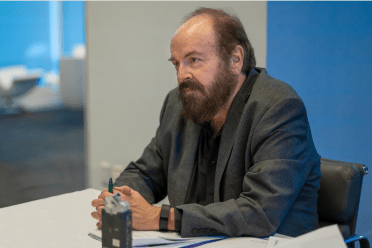 Dean Rotbart is an award-winning former reporter and columnist with The Wall Street Journal, which nominated him for the Pulitzer Prize for Explanatory Reporting.
Dean Rotbart is an award-winning former reporter and columnist with The Wall Street Journal, which nominated him for the Pulitzer Prize for Explanatory Reporting.
He is the chairperson and editor-in-chief of the Business News Visionary Awards and News Luminary Awards programs. Previously, he published the TJFR Business News Reporter, a trade newsletter focused on influential business and financial news organizations.
Since June 2012, Rotbart has produced and hosted Monday Morning Radio, a popular weekly small business podcast.
He is a graduate of the Medill School of Journalism at Northwestern University and the Columbia University Graduate School of Journalism.
Rotbart, a native of Denver, Colorado, lives there along with his wife Talya, a children’s book author. They have two adult children.

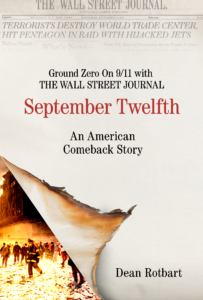
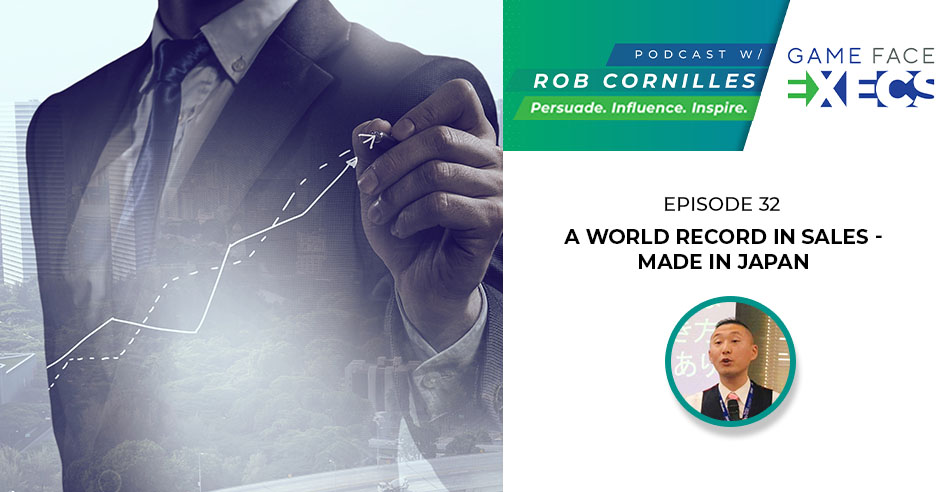
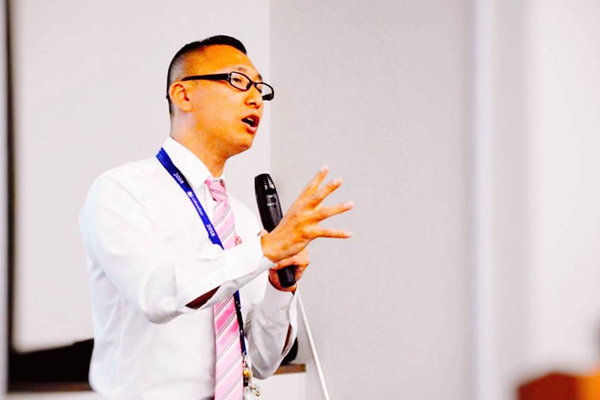
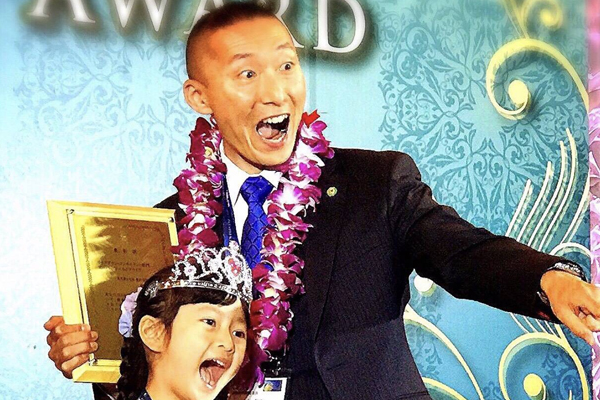
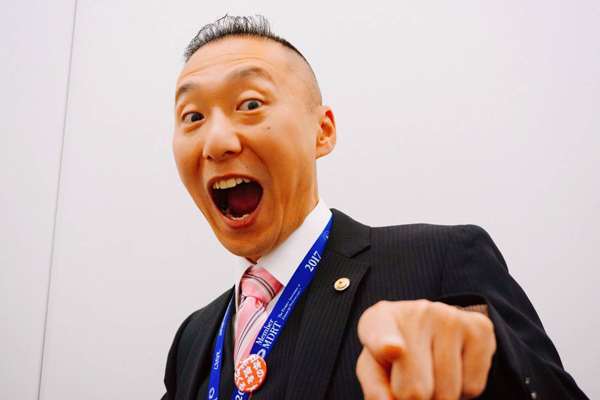
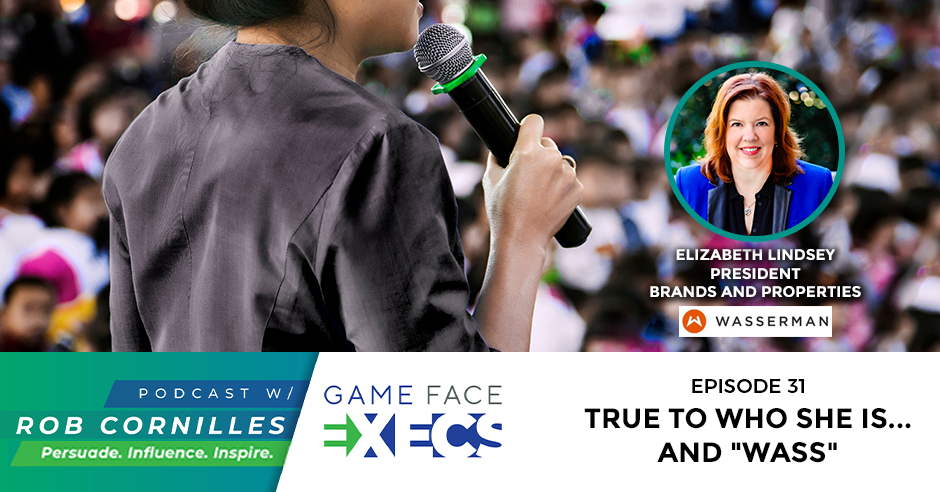


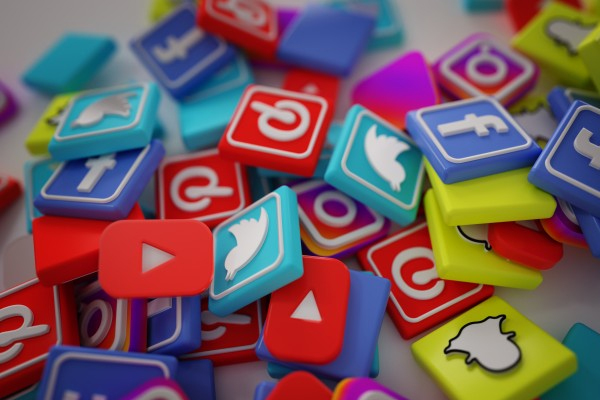

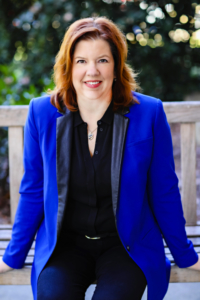
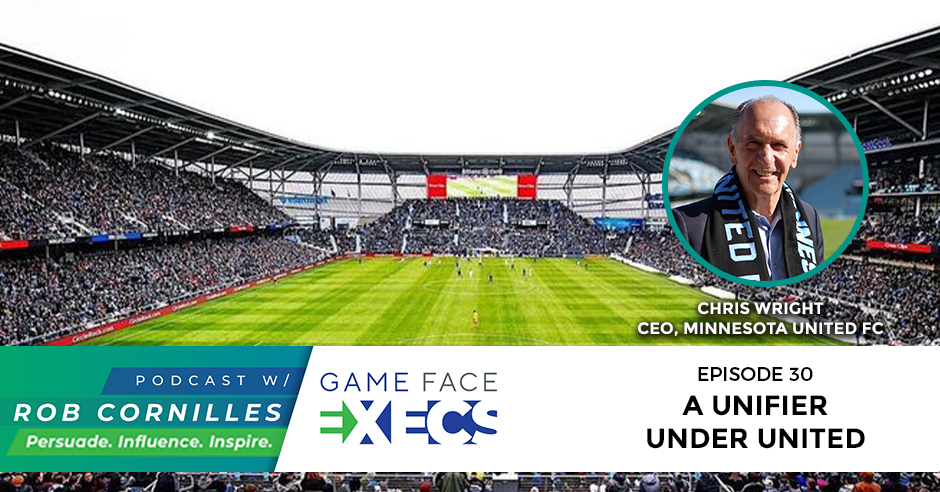
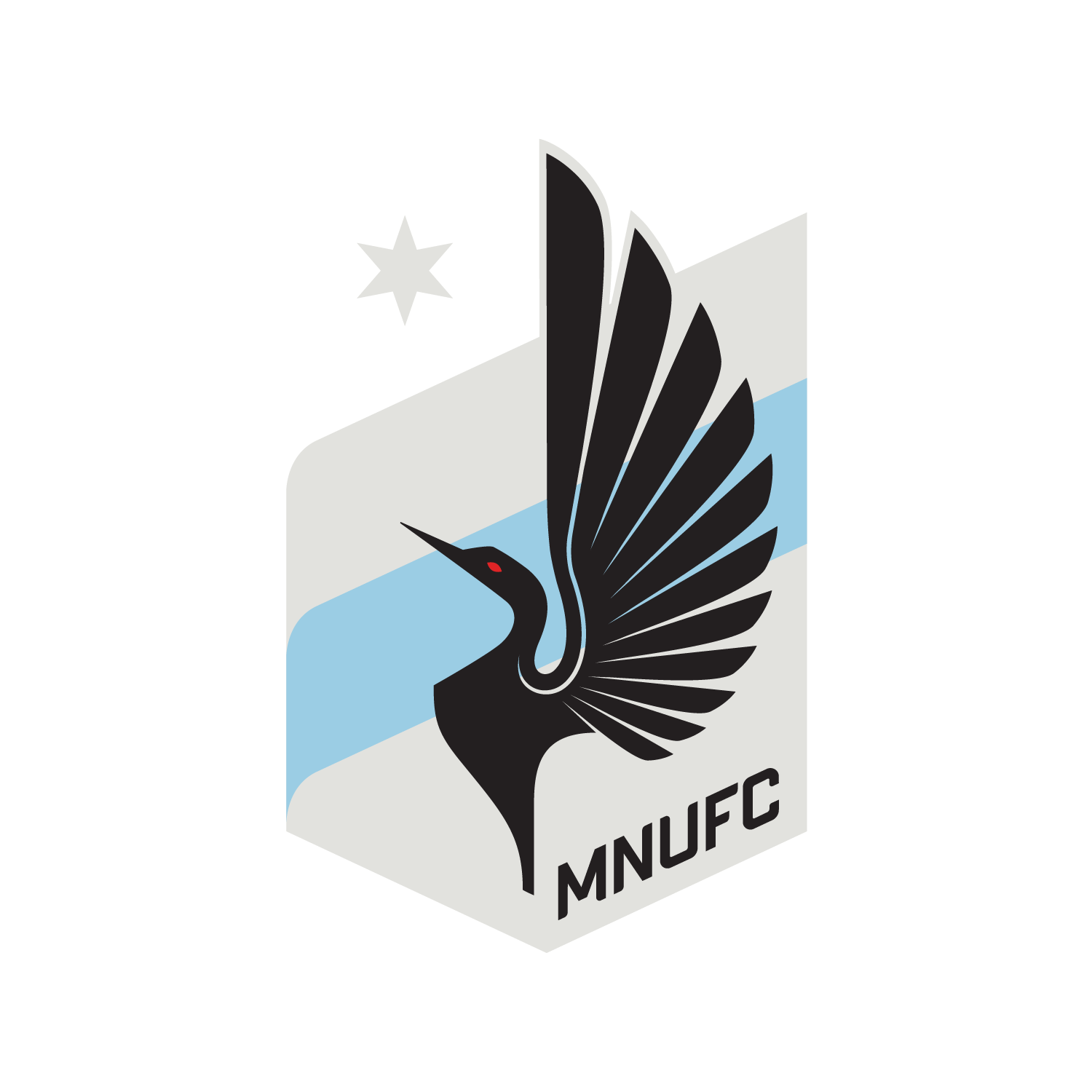
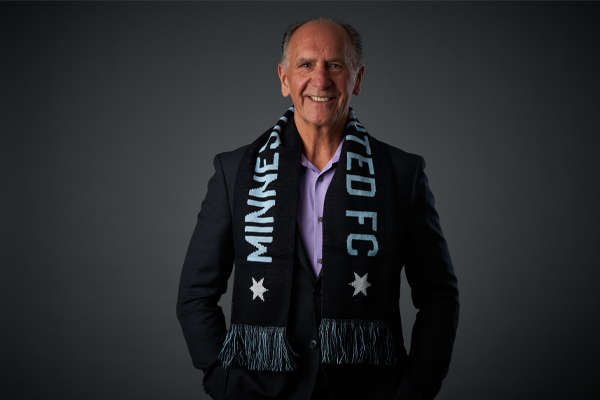

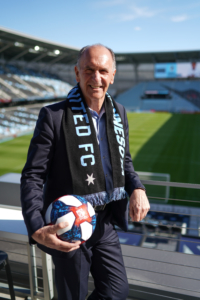
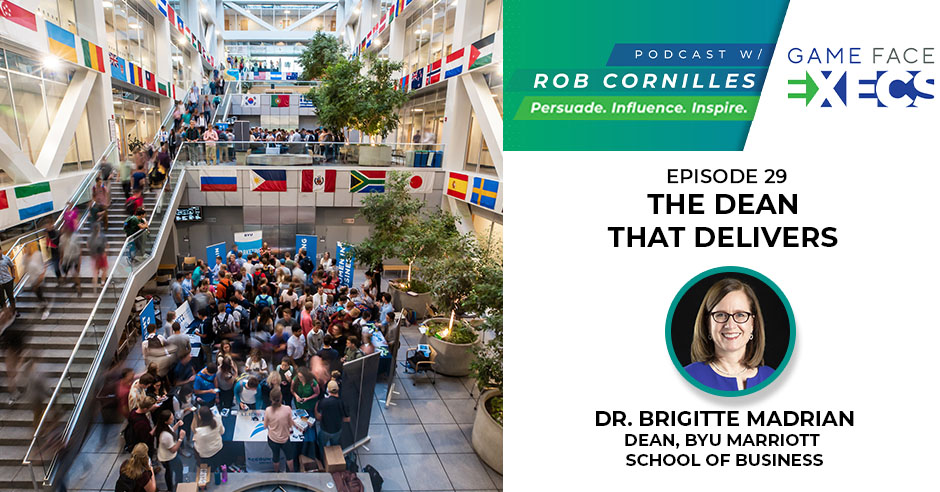




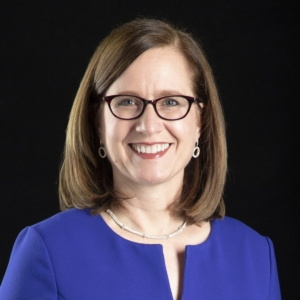 Brigitte C. Madrian is the Dean and Marriott Distinguished Professor in the Brigham Young University Marriott School of Business where she has a joint appointment in the Department of Finance and the George W. Romney Institute of Public Service and Ethics. Before coming to BYU, she was on the faculty at the Harvard Kennedy School (2006-2018), the University of Pennsylvania Wharton School (2003-2006), the University of Chicago Graduate School of Business (1995-2003) and the Harvard University Economics Department (1993-1995). She is also a research associate at the National Bureau of Economic Research and served as co-director of the NBER Household Finance working group from 2010-2018.
Brigitte C. Madrian is the Dean and Marriott Distinguished Professor in the Brigham Young University Marriott School of Business where she has a joint appointment in the Department of Finance and the George W. Romney Institute of Public Service and Ethics. Before coming to BYU, she was on the faculty at the Harvard Kennedy School (2006-2018), the University of Pennsylvania Wharton School (2003-2006), the University of Chicago Graduate School of Business (1995-2003) and the Harvard University Economics Department (1993-1995). She is also a research associate at the National Bureau of Economic Research and served as co-director of the NBER Household Finance working group from 2010-2018.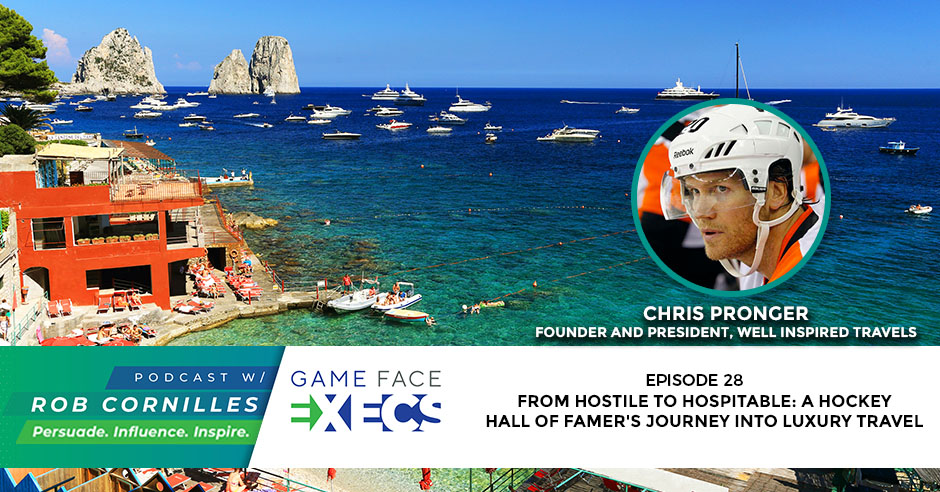





 As a professional athlete with twenty years in the NHL, I’ve heard and seen it all. But, I didn’t start my career in luxe gyms and training facilities – I grew up in a small town in Canada where I groomed my hockey skills with countless road hockey games. These games grew with intensity and when I wasn’t playing the game, I was weightlifting or biking at my local rec center.
As a professional athlete with twenty years in the NHL, I’ve heard and seen it all. But, I didn’t start my career in luxe gyms and training facilities – I grew up in a small town in Canada where I groomed my hockey skills with countless road hockey games. These games grew with intensity and when I wasn’t playing the game, I was weightlifting or biking at my local rec center.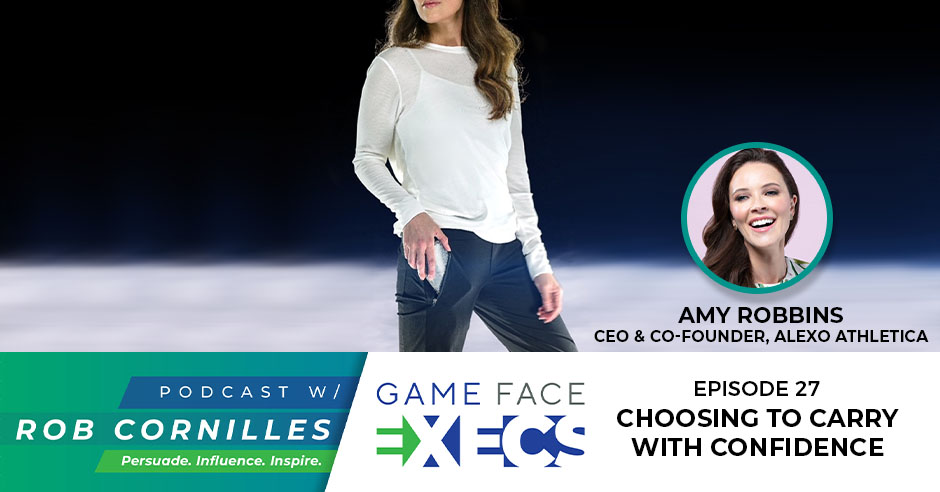
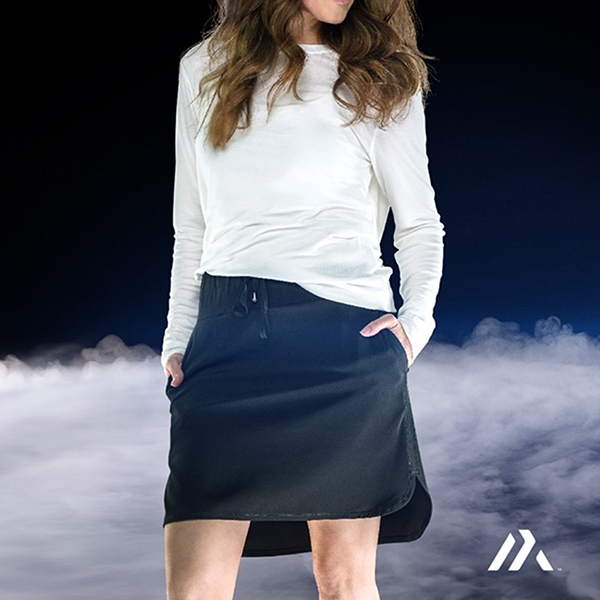



 While hosting several different lifestyle TV shows, our CEO and Co-founder Amy Robbins’ passion for firearm safety and proficiency grew along with her desire to see women everywhere live a confident, self-reliant lifestyle. As an avid runner with a few bad experiences on her runs, Amy wanted the ability to train for a marathon wherever she wanted to, even in the wee hours, without fearing for her safety, so she obtained her License to Carry. After much research, she realized many women shared these same experiences and she wanted to do something about it. However, she quickly realized that having a license to carry or carrying other tools such as mace or a taser does a woman little good if there are no comfortable, functional (much less great-looking) apparel options that would allow her to exercise while also exercising her right to carry and still look and feel great.
While hosting several different lifestyle TV shows, our CEO and Co-founder Amy Robbins’ passion for firearm safety and proficiency grew along with her desire to see women everywhere live a confident, self-reliant lifestyle. As an avid runner with a few bad experiences on her runs, Amy wanted the ability to train for a marathon wherever she wanted to, even in the wee hours, without fearing for her safety, so she obtained her License to Carry. After much research, she realized many women shared these same experiences and she wanted to do something about it. However, she quickly realized that having a license to carry or carrying other tools such as mace or a taser does a woman little good if there are no comfortable, functional (much less great-looking) apparel options that would allow her to exercise while also exercising her right to carry and still look and feel great.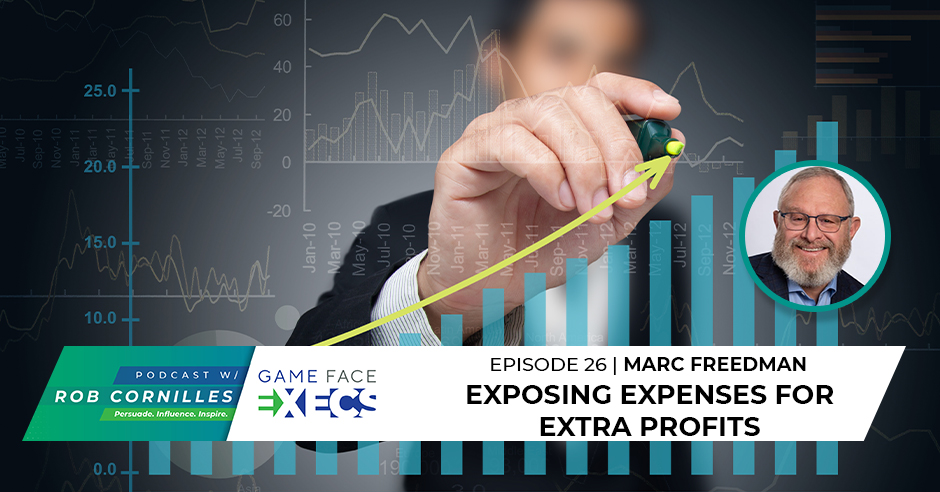

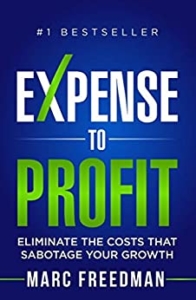

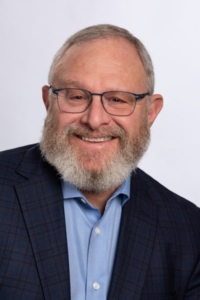
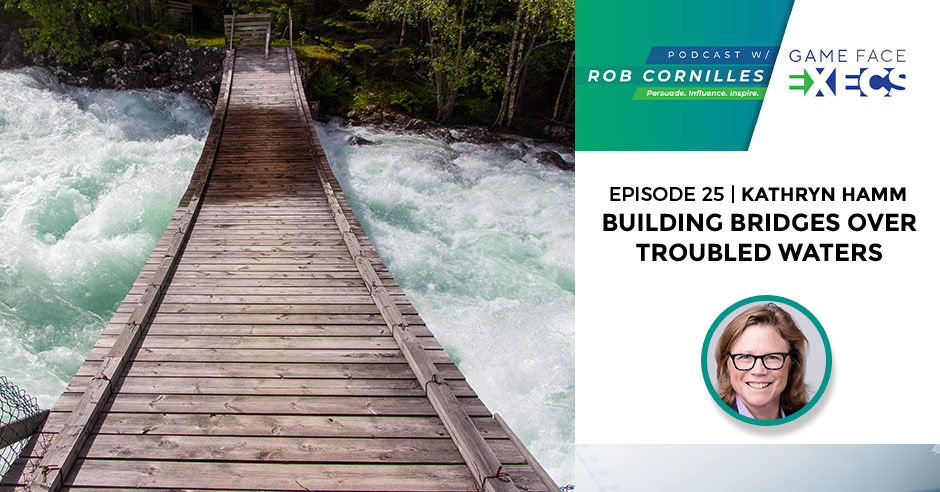


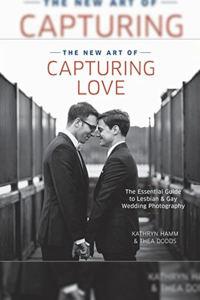

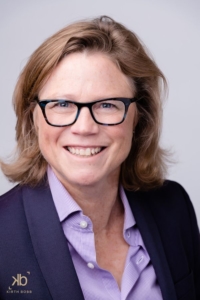
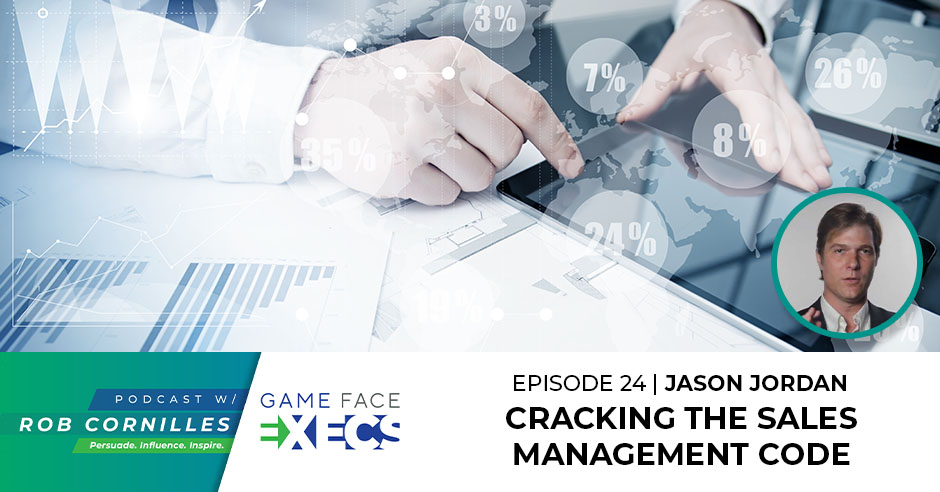
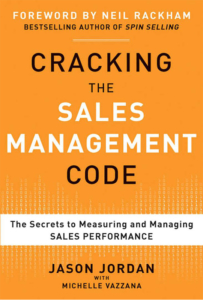


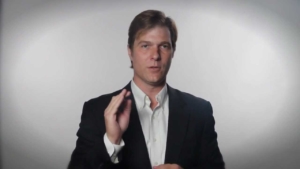 Sales management expert focused on developing sales leadership effectiveness in large B2B sales forces. Clients include GE, 3M, Tyco, TIAA, Essilor, Aon, FedEx, Sungard, Gates, and other global organizations.
Sales management expert focused on developing sales leadership effectiveness in large B2B sales forces. Clients include GE, 3M, Tyco, TIAA, Essilor, Aon, FedEx, Sungard, Gates, and other global organizations.